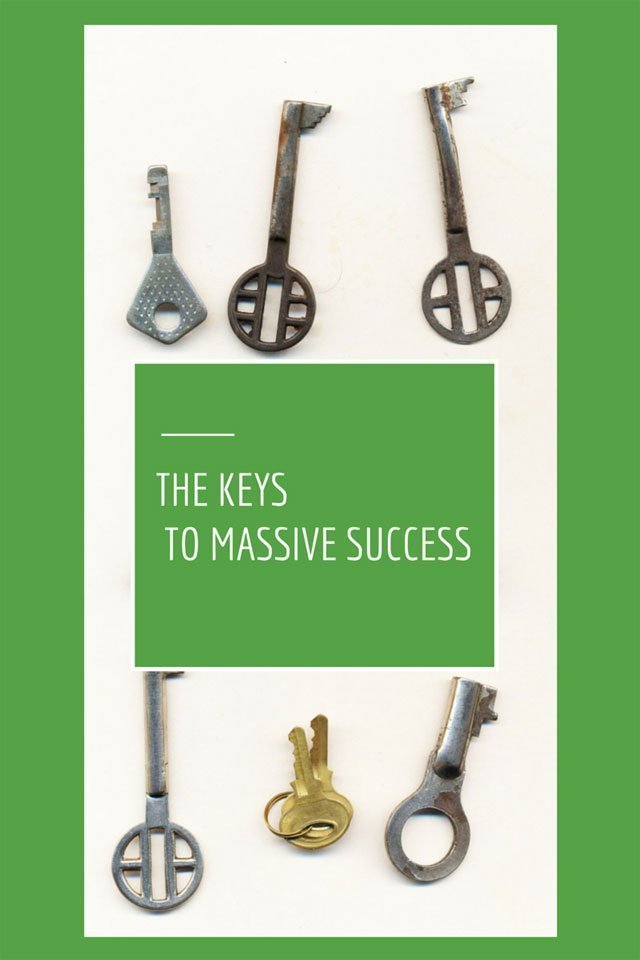Last Updated on March 2, 2024 by Casey
No spend challenge 2023 is not just about saving money though; it’s also about learning how to live within your means and create smart habits that will benefit you long-term. It’s a great opportunity to re-evaluate our relationship with money and gain a better understanding of how we can make the most of what we have, develop financial discipline and become more aware of our spending decisions.
- What is a No Spend Challenge?
- How to make the most of your no spending money challenge:
- What you can do during your no spending money challenge:
- The benefits of taking on a no spending challenge:
- How you can use what you’ve learned from the no spend challenge:
- No spend Tracker
- No Spend Tracker Printables already made for you
What is a No Spend Challenge?
A No Spend Challenge is simply an initiative to limit or stop spending money for a certain period of time. During this time, the person participating in the challenge will be required to find alternative methods of fulfilling their needs rather than spending money. The goal is to become more mindful about what you’re purchasing and how much you’re spending.
Remember to always set yourself up for success with a No Spend Challenge that works for you, whether it’s two weeks or thirty days–it’s all in your hands. Take the time to reflect on your options and decide what approach works best for you.
A no spend week, month or day doesn’t mean you can’t spend any money at all. For many a not spending money challenge includes buy the necessities and of course paying the bills, but cutting out other expenses such as entertainment or dining out.
But remember this is your challenge, so you make the rules.
Think through your current spending habits and consider where you can make small changes that will have a big impact long-term. A No Spend Challenge is the perfect opportunity to do just that. Create some rules for yourself, taking into account any items or services that you simply can’t go without.
You may be surprised to find that setting a this challenge is easier than it sounds. With some practice and determination, you will soon become an expert at budgeting and gain the confidence to take control of your financial future. Remember– every small change makes a difference.
How to make the most of your no spending money challenge:
1. Set a budget – Before starting your no-spend challenge, it’s important to set a budget that you can realistically stick to. This will help you know what you can spend money on and what you have decided you can’t spend money on, in the challenge.
2. Set short-term goals: Before you begin the challenge, set some short-term goals that you can work towards during the no spending money challenge. This might include paying off a certain amount of debt each month or reaching a specific savings goal.
3. Track your spending – Keeping track of your spending is essential to the success of a no-spend challenge. Use apps, spreadsheets or other tools to monitor and document your daily purchases.
4. Find alternatives – There are many ways to save money without completely cutting out purchases. Look for cheaper alternatives to everyday items like groceries, gas, entertainment and more.
5. Be patient – Challenging yourself to only spend money on necessities or cutting out spending on certain things can take some time to get used to. Don’t expect instant results and give yourself time to adjust to your new spending habits.
6. Share your progress – Encouragement from others is a great way to stay motivated throughout the year. Consider sharing your progress with friends and family or joining online communities to stay accountable.
What you can do during your no spending money challenge:
1. Reorganize your finances: Take the time during your challenge to reorganize your finances. This might include setting up a budget and tracking your income and expenses, making a list of all liabilities and assets, creating an emergency fund, or paying off debts.
2. Find ways to save money: Look for creative ways to save money, such as switching from the expensive brand names to generic store brands or finding coupons online for items you need to buy. Additionally, look into getting discounts on services like cable or internet by bundling them with other services or contacting customer service for better deals.
3. Invest in yourself: Make use of this extra time by investing in yourself through activities such as reading personal finance books and researching different ways to make money. Consider taking on a side hustle or starting an entrepreneurial venture to diversify your income streams.
4. Reflect and adjust: Take some time to reflect on how the no spending money challenge has impacted your finances, and make any adjustments necessary in order to stay within budget.
3. Utilize free resources: Make use of free resources available online such as personal finance blogs, books and websites for helpful tips about budgeting and saving money.
4. Celebrate success: After completing the challenge, take the time to reward yourself for all your hard work. This might include treating yourself by taking a day off and doing something you enjoy.
By following these steps, you can use the no spending money challenge as an opportunity for improving your financial situation. Start by reorganizing your finances and looking for ways to save money whenever possible. Additionally, invest in yourself by reading books and exploring alternative income streams. Take this chance to reflect on your progress so that you can keep making improvements as needed.
The benefits of taking on a no spending challenge:
1. Save money: One of the biggest benefits of taking on this challenge is that you can save money. By avoiding unnecessary purchases and sticking to your budget, you’ll be able to put more money into savings or towards debt payments each month.
2. Refine spending habits: Taking on a no spending challenge can help you refine your spending habits by teaching you how to make smarter financial decisions and avoid impulse buying.
3. Learn new skills: A no spending money challenge also provides an opportunity for learning new skills such as budgeting, setting financial goals, and finding creative ways to save money.
4. Achieve long-term goals: Finally, a successful no spend challenge can help you reach longer-term financial goals such as paying off debt or building an emergency fund.
How you can use what you’ve learned from the no spend challenge:
After completing the challenge, there are many ways that you can use what you’ve learned in order to further your financial success.
Start by setting up an emergency fund to cover unexpected costs and stay out of debt.
Look for ways to reduce your expenses even further such as automating bills or switching to generic versions of products when possible.
Finally, start investing any extra money so that it can grow over time.
No spend Tracker
In order to help you stay on track and motivated during your challenge, you may want to use a No Spend Tracker Printable. This tool can be used to keep track of your daily expenses and will provide a visual representation of how much money you are saving each day.
You can use a tracking sheet to keep track of your progress and goals during the challenge. Include information such as when you started the challenge, how much money you have saved, and any milestones that you have achieved. Additionally, include an area for making notes about tips or ideas you come across throughout the process. This will be a great reference for you to look back on in the future.
No Spend Tracker Printables already made for you



